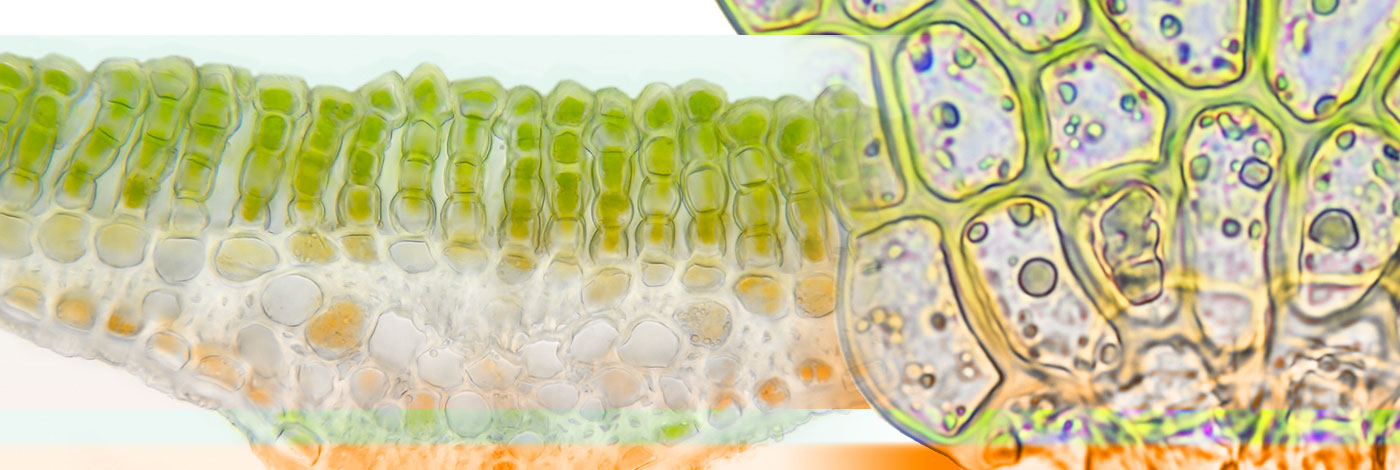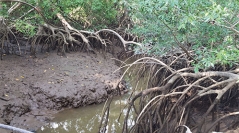

 Cryptogamie, Bryologie
44 (11) - Pages 219-235
Cryptogamie, Bryologie
44 (11) - Pages 219-235We evaluated bryophytes composition between the fringe and inland zones and spatial distribution in mangrove ecosystems, and determined bryophytes composition in Brazilian mangroves. To calculate the composition between zones, we used species richness, density, Shannon-Wiener index, Pielou’s evenness, analysis of similarities and indicator species. We calculated sex expression, light-tolerance guilds and type of substrate colonized between zones using two-way ANOVA. We compiled floristic articles with lists of bryophyte species occurring in other mangroves and we calculated the similarity between the areas with the Jaccard index and the UPGMA. We recorded 12 species distributed in 136 occurrences, including 11 species (64 occurrences) that occur in the fringe zone and seven (72 occurrences) in the inland. Our analyses showed that species richness, density, Shannon index and Pielou’s evenness did not present statistical significance between zones. We observed that 25% of the monoicous species do not exhibit sex expression, compared with 57.14% of dioicous species. Seven species are generalists and four are sun specialists, with the richness and density varying significantly among the light tolerance guilds. The living tree bark was the most colonized substrate, but the average species richness among the different types of substrates does not vary significantly, while the average density of species per colonized substrate showed a significant difference of epixylous and termite mounds. The dissimilarity in species composition between the mangroves of Marajó Island and the state of São Paulo shows the role of environmental filters in the selection of species assemblage in the ecosystem.
Brazil, bryoflora, biological conservation, coastal ecosystem, floristic composition